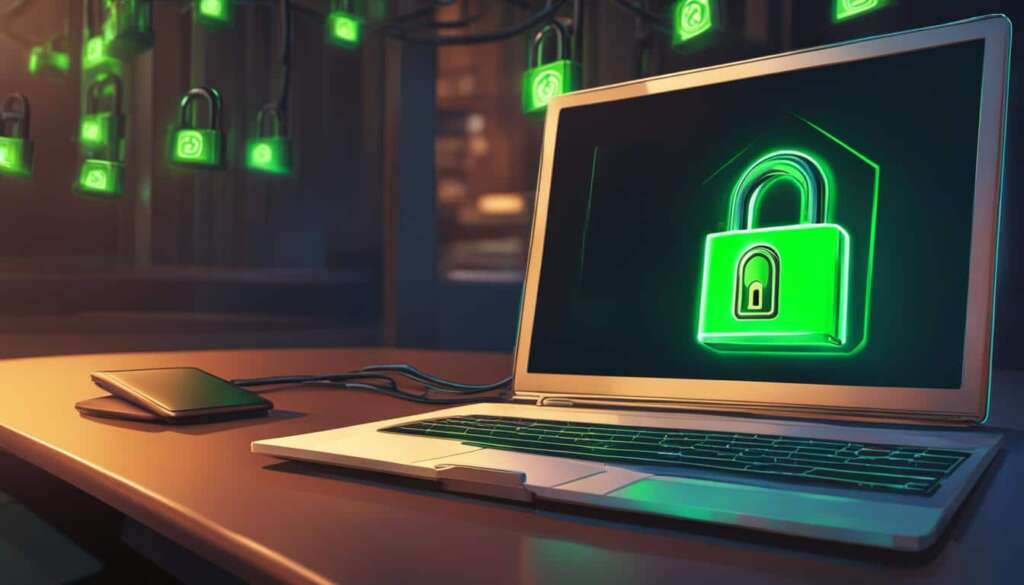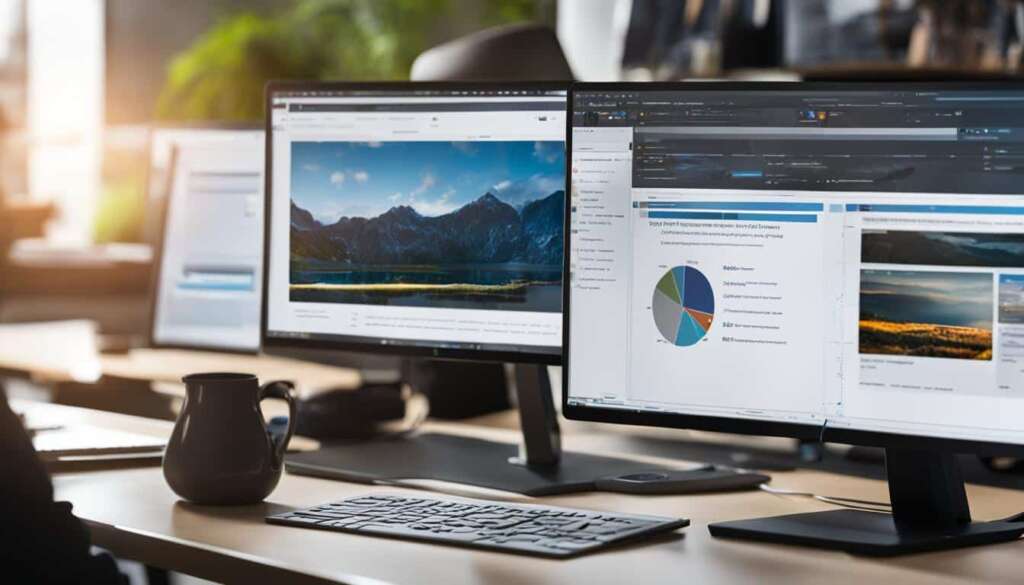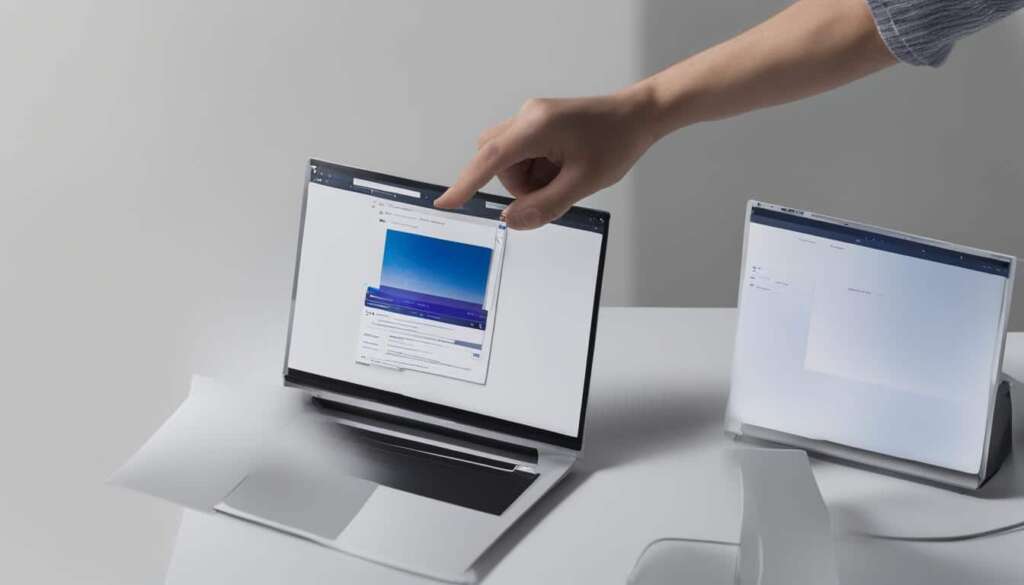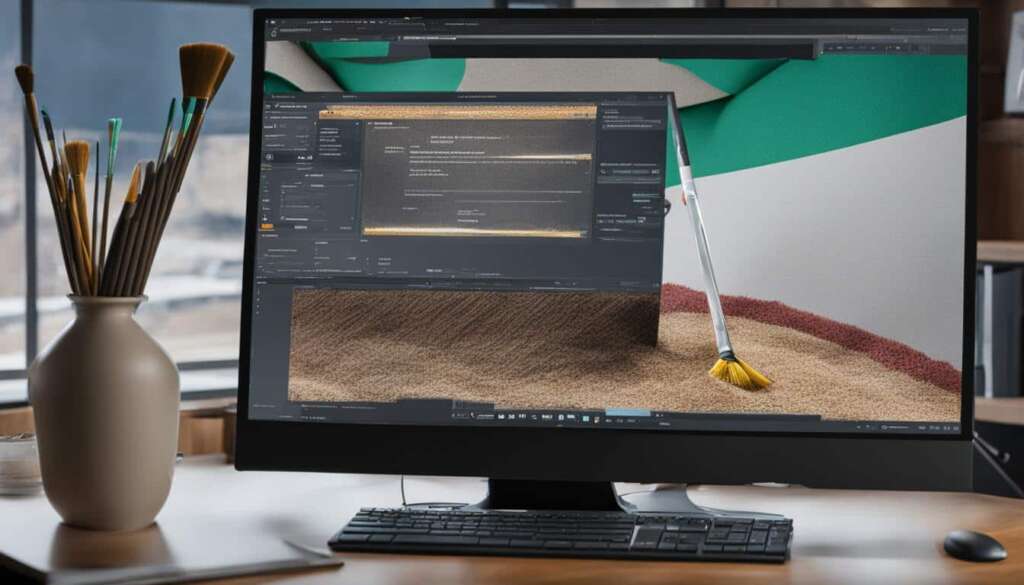Table of Contents
In today’s digital workspace, remote access has become essential, especially with the rise of remote work. With the COVID-19 pandemic driving organizations to adopt flexible work environments, providing secure remote access is crucial for maintaining productivity and protecting sensitive data.
Whether you’re working from home, on the road, or in a different office, secure remote access allows you to connect to your work PC seamlessly, enabling you to access files, applications, and resources as if you were physically present at your desk – all while maintaining the highest level of security.
But what exactly is secure remote access? How can you ensure that your remote work setup is secure? And who is responsible for implementing and maintaining secure access policies?
In this comprehensive guide, we will delve into the world of secure remote access, exploring technologies, best practices, and next-generation solutions to help you achieve a secure and productive remote work environment for your PC.
By the end of this guide, you will have a clear understanding of secure remote access, the steps you can take to ensure its implementation, and the benefits it brings to both individuals and organizations. So, let’s get started on this journey to a secure and seamless remote work experience for your PC.
What is Secure Remote Access?
Secure remote access allows enterprise users to connect to centralized applications and access resources such as data from anywhere, regardless of their location. This location-agnostic connectivity is vital for the modern digital workspace, enabling employees to work remotely without compromising security. To achieve secure remote access, various technologies are employed, including Virtual Private Networks (VPNs), Secure Access Service Edge (SASE), and zero-trust network access.
With secure remote access, enterprise users can securely connect to centralized applications, whether they are hosted in the cloud or on-premises. This means that employees can access the same applications and data they would have if they were physically present in the office. It provides the flexibility and convenience that remote work demands while ensuring the highest levels of security.
VPNs are a commonly used technology for secure remote access. By creating encrypted tunnels, VPNs establish a secure connection between the user’s device and the enterprise network, safeguarding data transmissions from unauthorized access. SASE, on the other hand, is a cloud-native approach that integrates network and security functionalities into a single service. It provides secure remote access while optimizing network performance and simplifying management.
“Secure remote access allows enterprise users to work effectively from home or other remote locations, without being limited by geographical constraints. It is crucial for businesses to embrace secure remote access technologies to ensure uninterrupted productivity and data security.”
Another approach gaining prominence is zero-trust network access. Unlike traditional network access models that grant high levels of trust once inside the network, zero-trust assumes zero trust from the start. It applies strict access controls and authentication measures, verifying the identity and integrity of users and devices before granting access to resources. By adopting a zero-trust approach, organizations can enforce granular access policies and reduce the risk of unauthorized access.
Secure remote access is a critical component of a comprehensive cybersecurity strategy. It empowers enterprise users with the freedom to work remotely while ensuring data security and privacy. By adopting technologies like VPNs, SASE, and zero-trust network access, organizations can establish a robust framework for secure remote access, enabling their workforce to stay connected and productive from anywhere.
| Technology | Key Features | Benefits |
|---|---|---|
| Virtual Private Networks (VPNs) | – Encrypted tunnels for secure data transmission – Remote access to centralized applications – Authentication and access controls |
– Secure access to enterprise resources – Protection against unauthorized access – Flexibility for remote work |
| Secure Access Service Edge (SASE) | – Cloud-native architecture – Integrated network and security services – Optimized performance and scalability |
– Simplified management – Enhanced network performance – Secure remote access from anywhere |
| Zero-Trust Network Access | – Strict access controls and authentication – Granular policy enforcement – Identity verification |
– Reduced risk of unauthorized access – Enhanced data security – Adaptability for modern work environments |
Who is Responsible for Secure Remote Access?
While remote access tools like VPNs and firewalls are typically managed by network teams, the responsibility for secure remote access has shifted to cybersecurity teams in recent years. Cybersecurity teams play a crucial role in assessing and mitigating the risks associated with remote access, including password sharing, insecure software, and lack of cyber hygiene. They are responsible for defining secure remote access policies, implementing access controls, monitoring remote access activities, and ensuring that the remote access rules are up to date. By strengthening and measuring the effectiveness of access controls, cybersecurity teams ensure that secure remote access is maintained.
The Role of Cybersecurity Teams
Within the organization, cybersecurity teams are at the forefront of protecting sensitive data and ensuring the integrity of remote access systems. Their responsibilities include:
- Defining and implementing secure remote access policies to establish clear guidelines and protocols for accessing company resources remotely.
- Implementing access controls and authentication mechanisms to verify the identity of remote users and minimize the risk of unauthorized access.
- Monitoring remote access activities to detect any suspicious behavior or potential security breaches.
- Regularly updating remote access rules and technologies to stay ahead of evolving threats and vulnerabilities.
- Educating employees on best practices for remote access, such as securely managing passwords, using multi-factor authentication, and avoiding risky online behavior.
“Cybersecurity teams play a critical role in ensuring that remote access is both convenient for employees and secure for the organization. By staying vigilant and proactive, they can effectively protect valuable assets from cyber threats.” – Jonathan Adams, Chief Information Security Officer at XYZ Corporation
By entrusting cybersecurity teams with the responsibility of secure remote access, organizations can benefit from specialized expertise and a focused approach to cybersecurity. These teams work closely with network teams to ensure a harmonious implementation of remote access tools and technologies, while prioritizing security and reducing potential risks.
Collaboration between Cybersecurity and Network Teams
While cybersecurity teams take the lead in securing remote access, collaboration with network teams is crucial for establishing a comprehensive and effective remote access infrastructure. Network teams have the expertise in managing networking equipment, firewalls, and virtual private networks (VPNs) that facilitate remote access.
The collaboration between these teams ensures:
- Implementation of effective firewall rules and network security policies to safeguard the organization’s network infrastructure.
- Proper configuration and maintenance of VPNs to provide secure and encrypted connections for remote access.
- Alignment of remote access policies with network security policies to maintain consistency and avoid any conflicts.
- Monitoring and troubleshooting network connectivity issues related to remote access.
Table: Responsibilities of Cybersecurity Teams and Network Teams
| Cybersecurity Teams | Network Teams |
|---|---|
| Define secure remote access policies | Manage networking equipment |
| Implement access controls and authentication mechanisms | Configure and maintain firewalls |
| Monitor remote access activities | Configure and maintain VPNs |
| Update remote access rules and technologies | Provide network connectivity support |
| Educate employees on remote access best practices | Collaborate on aligning policies |
Next-Generation Secure Remote Access Solutions
Next-generation secure remote access solutions, such as Splashtop, offer advanced features and security measures to ensure next-gen secure remote access. These solutions are built with cloud-native architecture, making them scalable, reliable, and secure. They come with built-in security features like Single Sign-On (SSO), Multi-Factor Authentication (MFA), and device authentication to ensure access is granted only to authorized users and devices.
Industry-standard security protocols like HTTPS and TLS are used to encrypt data transmissions, protecting sensitive information from unauthorized access. With next-gen secure remote access solutions like Splashtop, businesses can have peace of mind knowing that their data is safely transmitted and stored, even when employees work remotely.
Moreover, these solutions deliver high-performance remote connections, enabling users to access their work resources seamlessly from anywhere in the world. Whether it’s accessing files, running applications, or collaborating with colleagues, next-gen secure remote access solutions like Splashtop provide a reliable and efficient remote work experience without compromising security.
FAQ
What is remote access?
Remote access refers to the ability to connect to enterprise resources, such as applications and data, from anywhere, regardless of the user’s location.
How can secure remote access be achieved?
Secure remote access can be achieved through various technologies, including VPNs, Secure Access Service Edge (SASE), zero-trust network access, and more.
Who is responsible for secure remote access?
The responsibility for secure remote access has shifted to cybersecurity teams, who play a crucial role in defining secure remote access policies and implementing access controls.
What are next-generation secure remote access solutions?
Next-generation secure remote access solutions, like Splashtop, offer advanced features and security measures to ensure secure remote access. These solutions are built with cloud-native architecture and come with built-in security features like Single Sign-On (SSO) and Multi-Factor Authentication (MFA).












